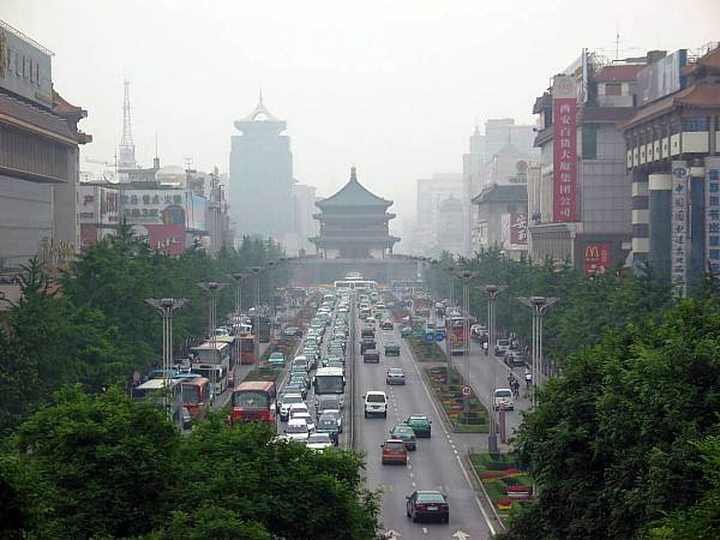China's Market-Moving Trade Data Is Inaccurate

Both figures were well above every consensus estimate. A Dow Jones Newswires poll, for instance, predicted export growth of 4.6% and import growth of 3.3%.
Global markets loved the news. The data pushed up Chinese, Hong Kong, and other Asian stocks and even helped U.S. equities. Commodities, especially copper and oil, benefited. The renminbi rose in reaction to the news, of course, as did the trade-sensitive Aussie dollar.
Various factors are being cited for the better-than-expected performance. Some analysts are crediting firming external demand, but more are looking at internal factors. For instance, observers believe exporters shipped early in response to government pressure to meet Beijing’s year-end target of 10% trade growth.
Due to the December surge, trade numbers were not nearly as bad as analysts had expected as late as the middle of last week. For the full year, China’s trade grew 6.2%. Exports were up 7.9% while imports grew 4.3%.
Despite missing growth goals, Beijing scored a triumph where it counts. In 2012, China’s overall trade surplus ballooned 48.1% to $231.1 billion.
Said Yao Wei of Societe Generale to the New York Times, “The numbers were a very pleasant surprise.” Perhaps they were too much of one. Beijing’s figures are highly suspicious because they do not correlate with information available at this moment.
For one thing, freight data does not suggest a flood in shipments last month. The Shanghai port, the world’s busiest, actually suffered a 0.44% drop in throughput in December. I traveled by Hong Kong’s container port twice last month, and there were surprisingly few boxes waiting to be shipped.
Moreover, Beijing’s figures show there was a substantial increase in semiconductor exports last month. Observers, however, report no evidence of a corresponding upturn in China’s semiconductor businesses then.
Beijing’s December export number is also hard to reconcile with the HSBC Purchasing Managers’ Index, the closely followed manufacturing survey that concentrates on export-oriented businesses. The export orders sub-index showed a contraction in December from November. True, there was an expansion in November, but that followed a contraction in October. And in September new export orders fell at the fastest pace in 42 months. Given weak order books, it’s hard to explain how there could have been a 14.1% increase in exports last month.
Preliminary indications, therefore, reveal a fundamental problem with the accuracy of China’s export numbers. We will undoubtedly see impossible-to-explain discrepancies once other nations report 2012 trade data with China. Take South Korea for instance. Beijing’s customs data showed that exports to that country increased 5.7% last year, but Seoul’s Ministry of Knowledge Economy reports that imports from China in fact fell 6.8% then.
What’s going on? There are currency dodges and fictitious China-Hong Kong-China transactions. Moreover, there appears to be another stratagem that exporters extensively used in December, the round-tripping of goods through special trade areas and bonded warehouses to earn substantial value-added-tax rebates.
Exporters from the southern Chinese city of Shenzhen, for example, have specialized in the “one-day tour.” Shenzhen Global Express Logistics, for a fee of 1,000 yuan a day per truck, drives goods through bonded warehouses in order to obtain refunds of value-added tax, because the goods, once moved, are considered “exported.” An official from the company likens this maneuver to a farmer repeatedly walking the same bull around a town to give neighbors the impression he owns a herd.
Shenanigans like this have occurred for decades, but now the scale of the frauds has increased to the point that fictitious transactions are materially inflating China’s trade statistics. And because of the growing importance of Chinese trade, these inflated numbers are starting to move global markets, as they did at the end of last week.
So how much did China really export and import last month? That cannot be determined with precision until the country’s figures are cross-checked with those from all trading partners, but the unexplainable December export surge indicates Beijing’s numbers substantially overstate Chinese trade.





